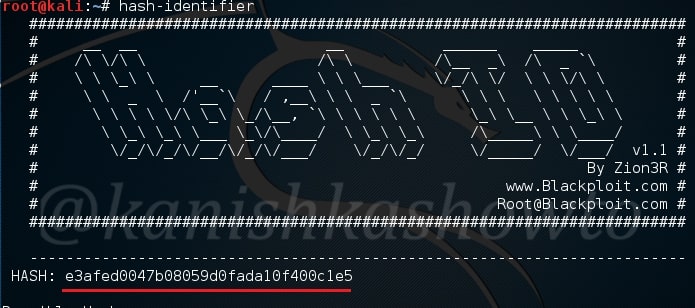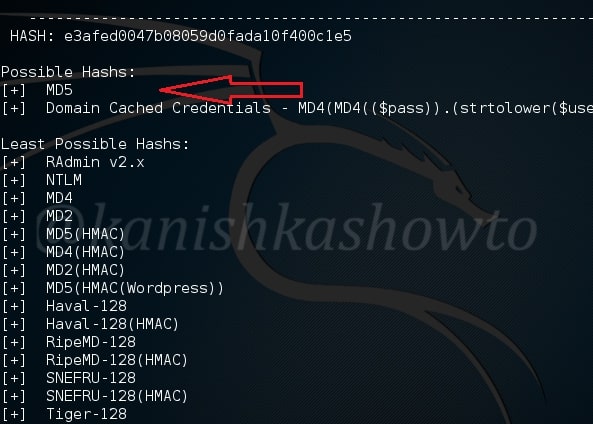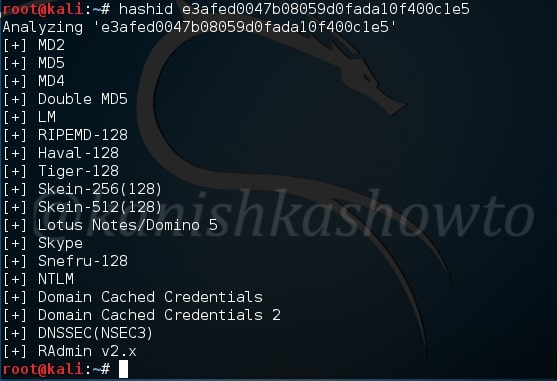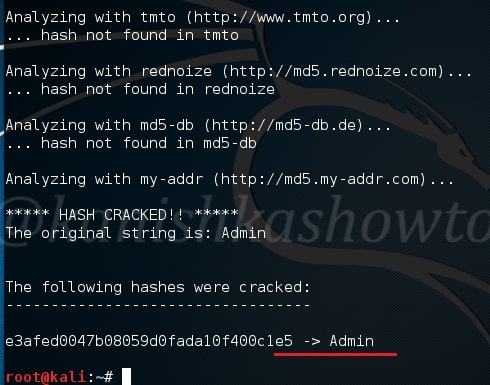Hello aspiring ethical hackers. In our previous blogpost on cryptography, apart from learning the uses of encryption in cybersecurity, you learnt about various encryption techniques. One such method is hashing. In this article, you will learn about hash cracking.
The process of cracking a password hash is known as hash cracking. In ethical hacking, you will definitely encounter password hashes. You will have to learn how to crack these hashes to be able to move forward in pen testing or Red teaming. For example, let’s say you encounter NewsP Free News Script 1.4.7 software in the target network. This particular version of software had a credential disclosure vulnerability as shown below. The only thing that stops me from accessing the website is the password in encrypted format.

The first step in cracking hashes is to identify the type of hash we are trying to crack. We can identify a hash type using a tool named hash-identifier. This tool is installed by default on Kali. Open a terminal and type command given below.
hash-identifier

Enter the hash we need to identify as shown above and hit ENTER. It will show the possible hash type as shown below. In our case, it is MD5 hash or a variant of it.

We can also use another tool “hashid” for hash identification. It’s syntax is as shown below.
hashid <hash>

Since now we know that the hash type is Md5, it’s time to crack the hash. We will use a tool called ‘findmyhash’. This tool tries to crack the hash by using various online hash crackers available. To use this tool, we need to specify the hash type ( which we already know ) and hash after it as shown below.
findmyhash <hash type> -h <hash>

After successfully cracking the hash, it will display us the password as shown below. In our case, the password is admin.

